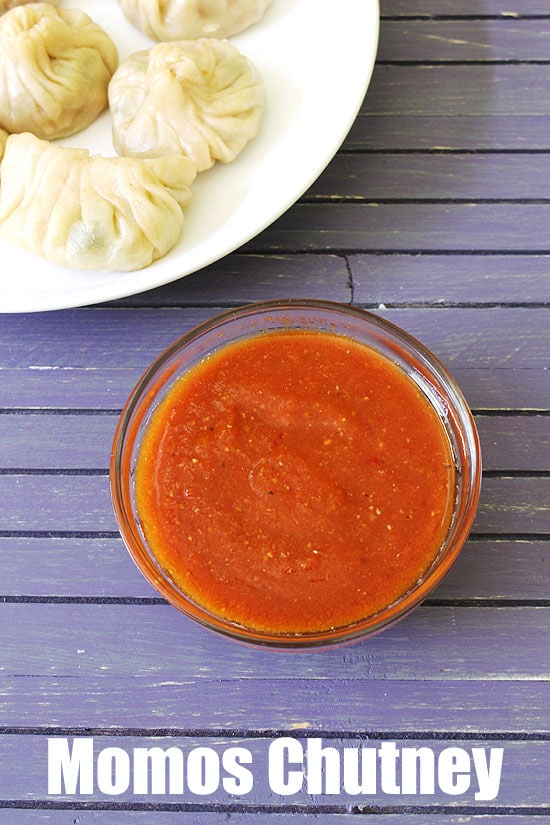Momo
mog mog, मम, ममचा, मम, མོག་མོག་, 馍馍, momo cha
Momos[a] are a type of steamed filled dumpling in Tibetan and Nepali cuisine that is also popular in neighbouring Bhutan, Bangladesh, and India. The majority of Tibetan momos are half-moon in shape like jiaozi, while Nepali momos are normally round like baozi. Momos are usually served with a sauce known as achar influenced by the spices and herbs used within many South Asian cuisines. It can also be used in soup, as in jhol momo and mokthuk. "Momo", as written, is a phonetic transcription of the Tibetan word མོག་མོག . It is possible that this Tibetan word is borrowed from the Chinese term momo (馍馍), a name traditionally used in northwestern Chinese dialects for wheat steamed buns and bread. The word mo (馍) itself means wheat flour food products or mantou (馒头), steamed buns. Historically, Chinese names for steamed buns did not distinguish between those with or without fillings until the term baozi (包子) emerged during the Song Dynasty between the tenth and thirteenth century. However, in eastern regions of China such as Jiangsu and Shanghai, mantou continues to carry both meanings in modern day. The history of dumplings in China shows that dumplings were popular during the Southern and Northern dynasties (420–589 AD). Dumplings dated between 499 AD and 640 AD were found in the Astana Cemetery in northwestern modern-day China.
Source: Wikipedia
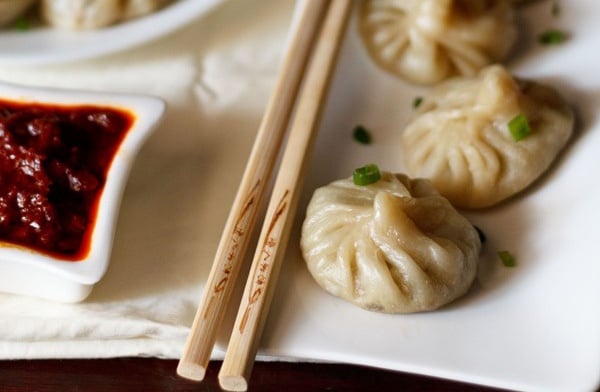



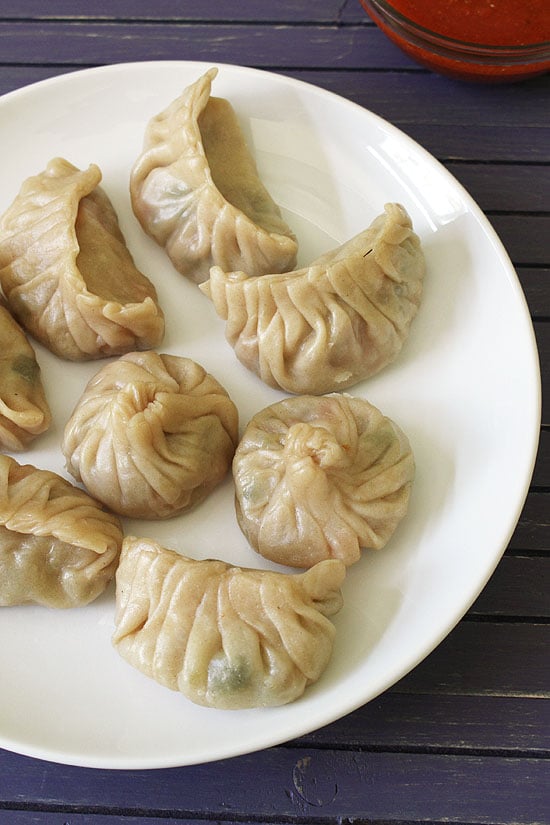
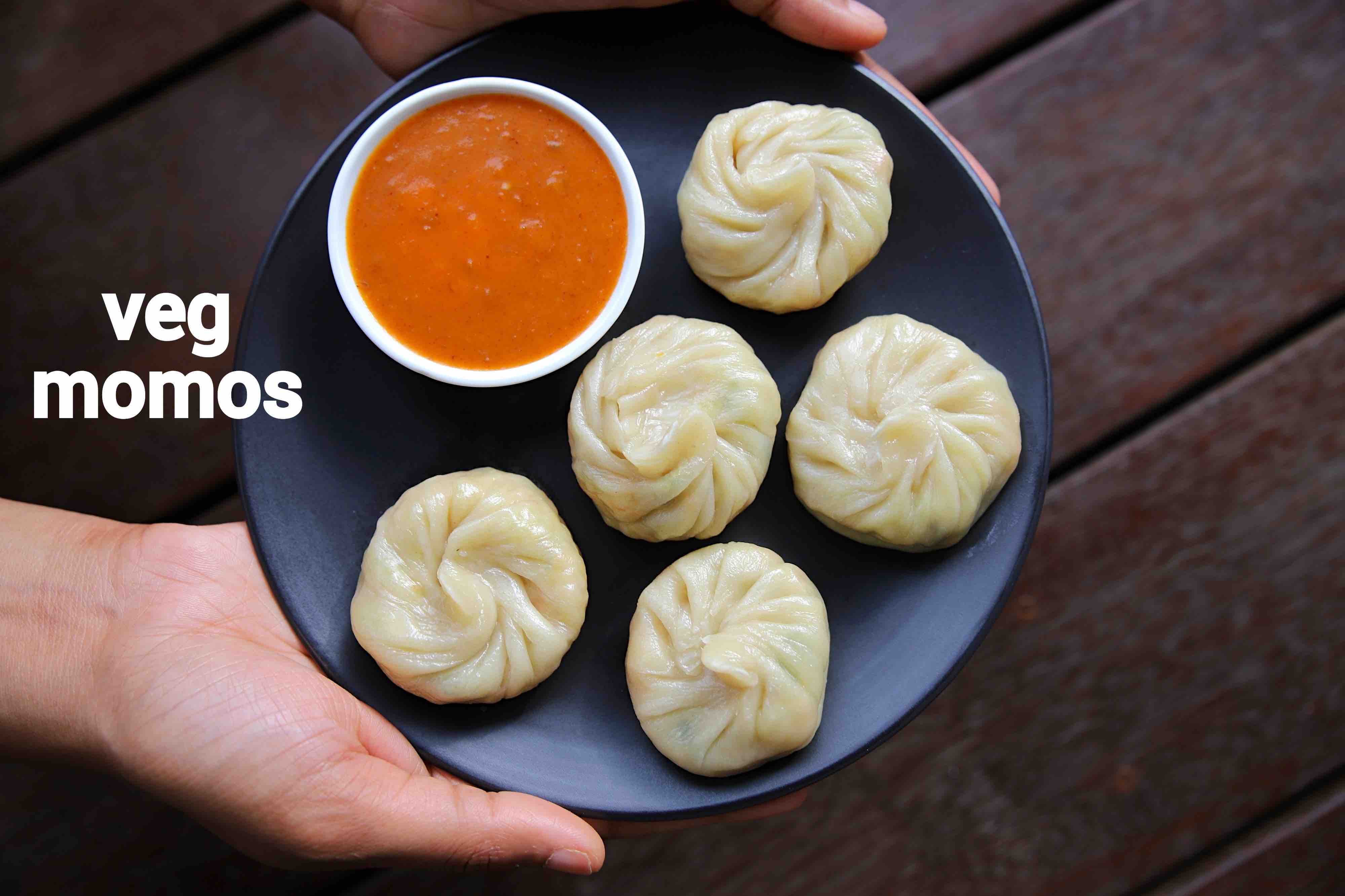

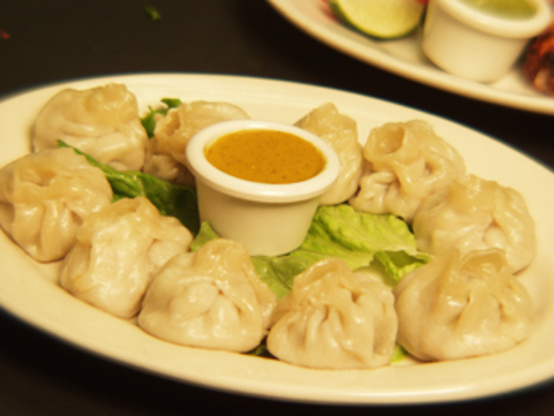
:max_bytes(150000):strip_icc()/4562567-8b03e41ca2d34fa3a64c9fcce3202a36.jpg)
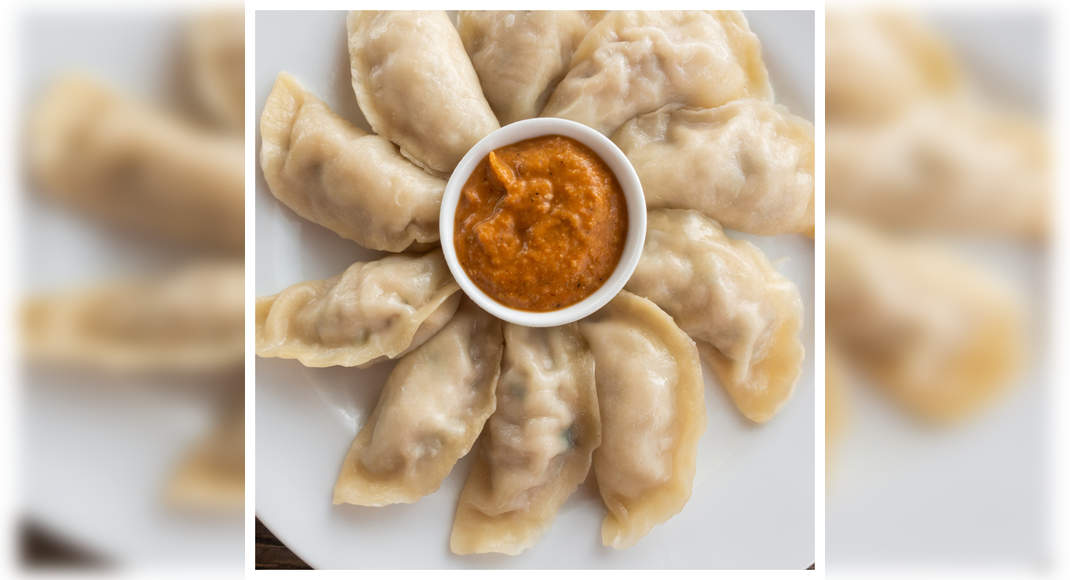
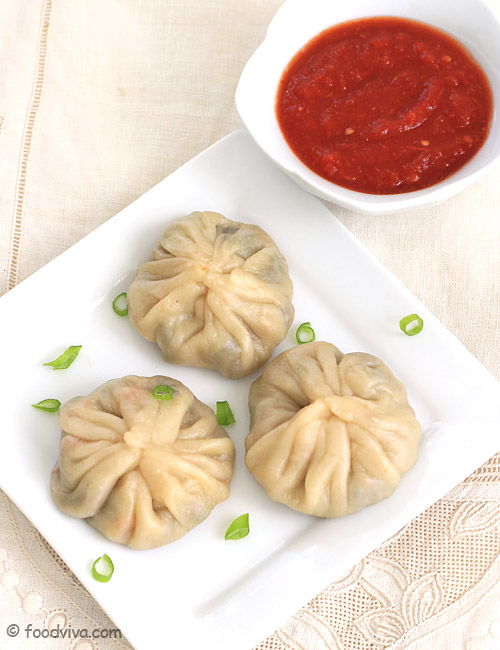



:max_bytes(150000):strip_icc()/momos-with-red-chile-chutney-FT-RECIPE0919-da0bc1b7f4ff4d188d1f0deeb93b522b.jpg)
